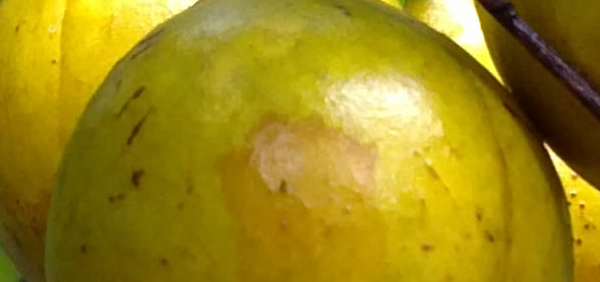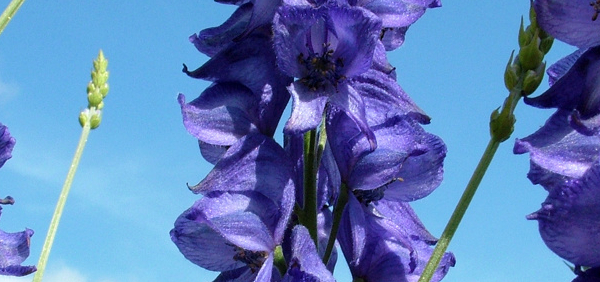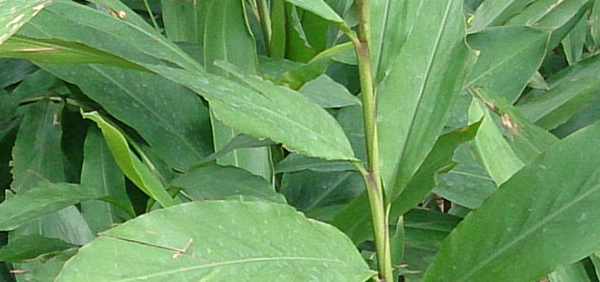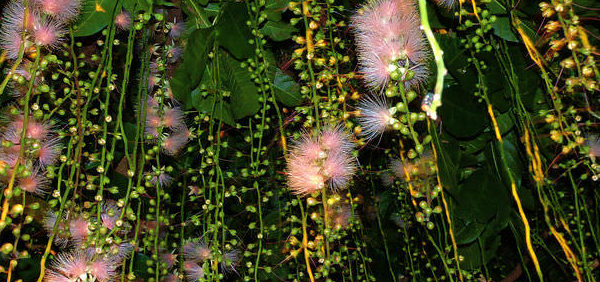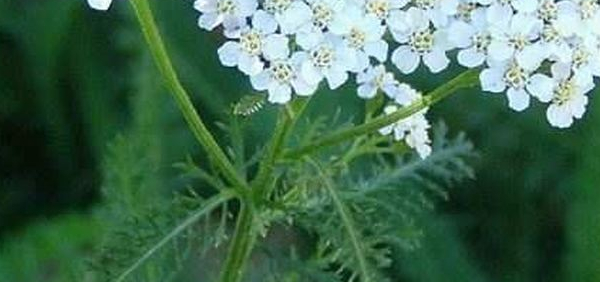udumbara :

General Use:
- Anti-bacterial - show effect on Bacillus subtilis, Pseudomonas aeruginosa, Escherichia coli, Staphylococcus aureus and Bacillus pumitis.
- Anti-fungal - It has antifungal activity also.
- It is hepato-protective also.
Therapeutic Uses:
DahaMedorogaRaktapittaYonidosa
Systemic Use:
Fruits
Used in leprosy, diarrhoea, circulatory and respiratory disorders
and menorrhagia
Tender fruits are used as
astringent, stomachic, refrigerant, in dry cough, loss of voice, diseases of
kidney and spleen, astringent to bowel,
styptic, tonic, useful in the treatment of leucorrhoea, blood disorder, burning
sensation, fatigue, urinary discharges, leprosy, epitasis, carminative and
intestinal worms. They are also useful
in miscarriage, spermatorrhoea, epididymitis, cancer, myalgia, scabies, haemoptysis,
intrinsic haemorrhage and extreme thirst [, 18].
Latex
It is administered in haemorrhoids, boils, alleviates the edema in
adenitis, parotitis, orchitis, traumatic swelling, toothache, vaginal
disorders, diarrhoea particular in childrens and also aphrodisiac. Latex is
applied externally on chronic infected wounds to alleviate edema, pain and to promote
the healing. The latex is reportedly used for treating piles.
Root Sap
It is used for treating diabetes. The sap of this plant is a
popular remedy for mumps and other inflammatory enlargements. In Sri Lankan
indigenous system of medicine, it is used in the treatment of skeletal
fracture. The Australian aborigines use this plant in the treatment of mumps, smallpox,
heamaturia, menorrhagia and inflammatory conditions. In Siddha the bark, fruits
and latex are used to treat constipation, anaemia and dysentery
Roots are used in dysentery, pectoral complaints, and diabetes,
applied in mumps, other inflammatory glandular enlargements and hydrophobia
Bark
It is highly effective in threatened abortion and also recommended
to treat Menorrhagia, leucorrhoea, gonorrhoea, urinary diseases, hemorrhage and
skin diseases
The bark is highly recommended in urological disorders, diabetes,
hiccough, leprosy, dysentery and piles
Leaves
The leaves are excellent wash for wounds and ulcers. They are
useful in dysentery and diarrhea.
The infusion of bark and leaves is also employed as mouth wash to
spongy gums and internally in dysentery, menorrhagia, efficient remedy in
glandular swelling, abscess, chronic wounds, cervical adenitis and haemoptysis
Administration:
latex used in treating leucorrhea
bark used to make decoction / kashaya
Pharmacological:
Increases kapha but decreases pitta dosha
trishnahara
pittasrahara
ruchya
shophahara
sramahara
- » Classification and names of udumbara
- » Synonyms and definitions of udumbara
- » Drug Properties of udumbara
- » Chemical Constituents of udumbara
- » Standardization of udumbara
- » Parts used and Dosage of udumbara
- » Morphology and Histology of udumbara
- » Distribution and Conservation of udumbara
- » Cultivation of udumbara
- » udumbara in the market
- » Medicinal Uses of udumbara
- » Researches and clinical trails of udumbara
- » udumbara in other sytems of medicine
- » Ayurvedic formulations with udumbara
- » Images of udumbara





